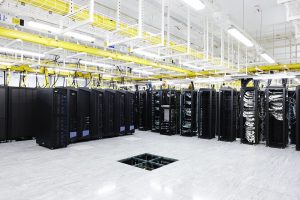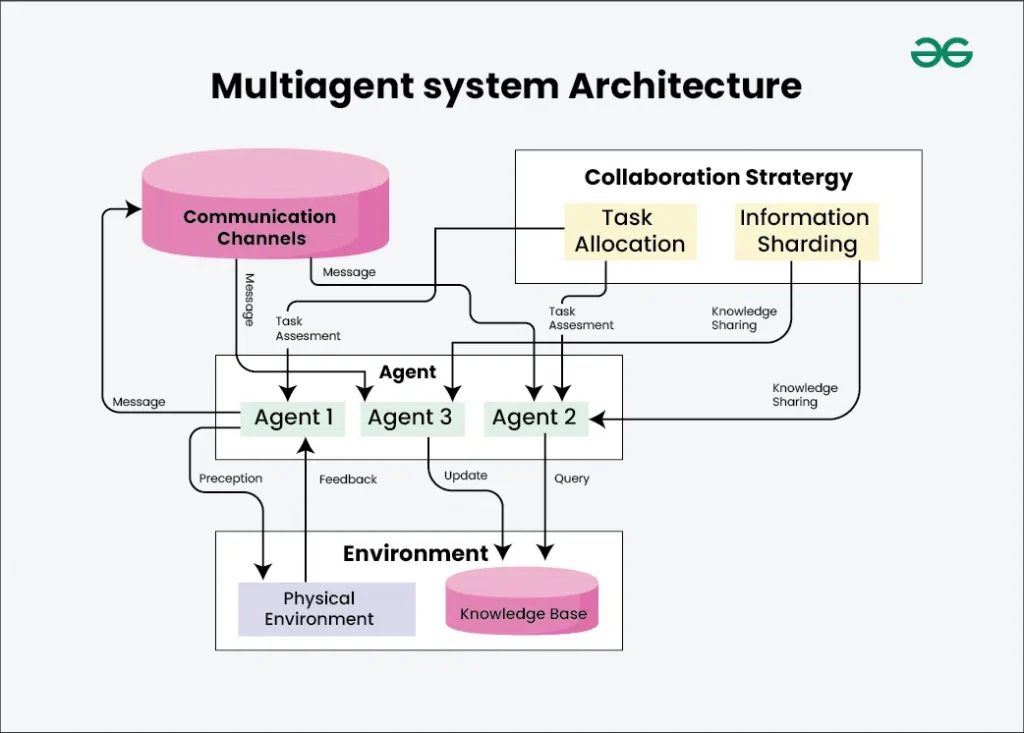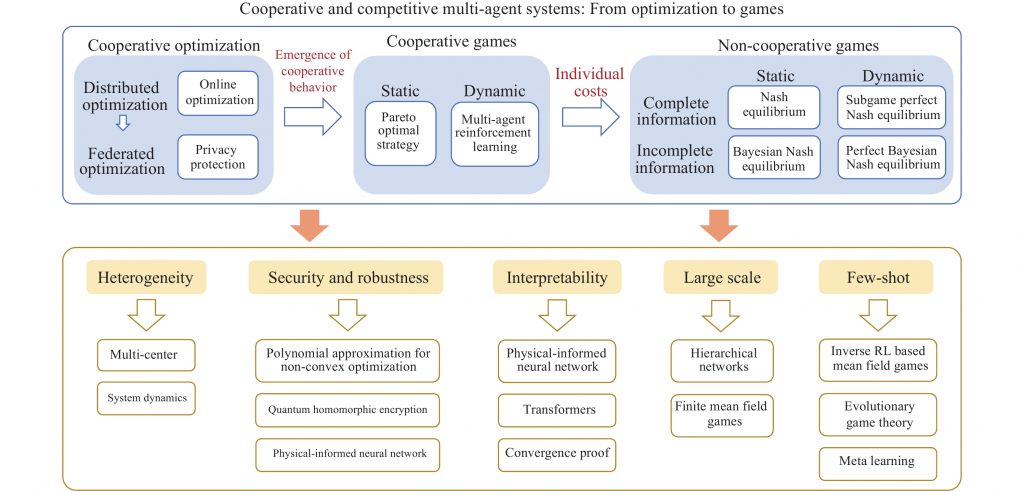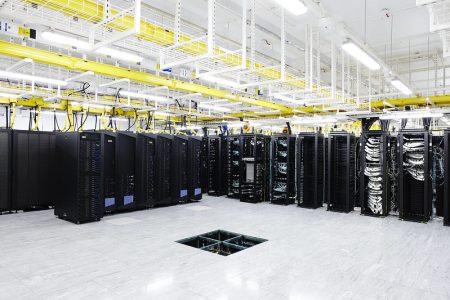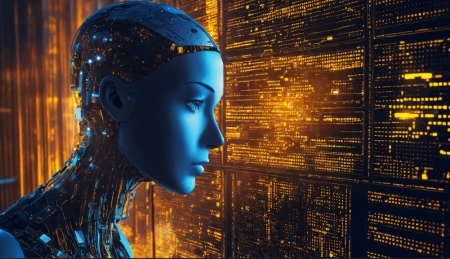AI agents have been gaining significant attention recently. As awareness about these systems grows, Satyen K. Bordoloi provides an easy-to-understand explanation for the uninitiated.
In the ever-evolving world of AI, agents are currently in the spotlight. Microsoft’s Copilot Studio, Salesforce’s AgentForce, and Oracle’s AI agents are just a few examples pushing the boundaries of automation by enabling companies to deliver personalised experiences and streamline operations. Once considered futuristic, these agents are rapidly integrating into our lives. As I mentioned in a previous article, fictional agents like Jarvis in Iron Man or Agent Smith in the Matrix series are becoming a reality, embodying the concept of Multi-Agent Systems (MAS).
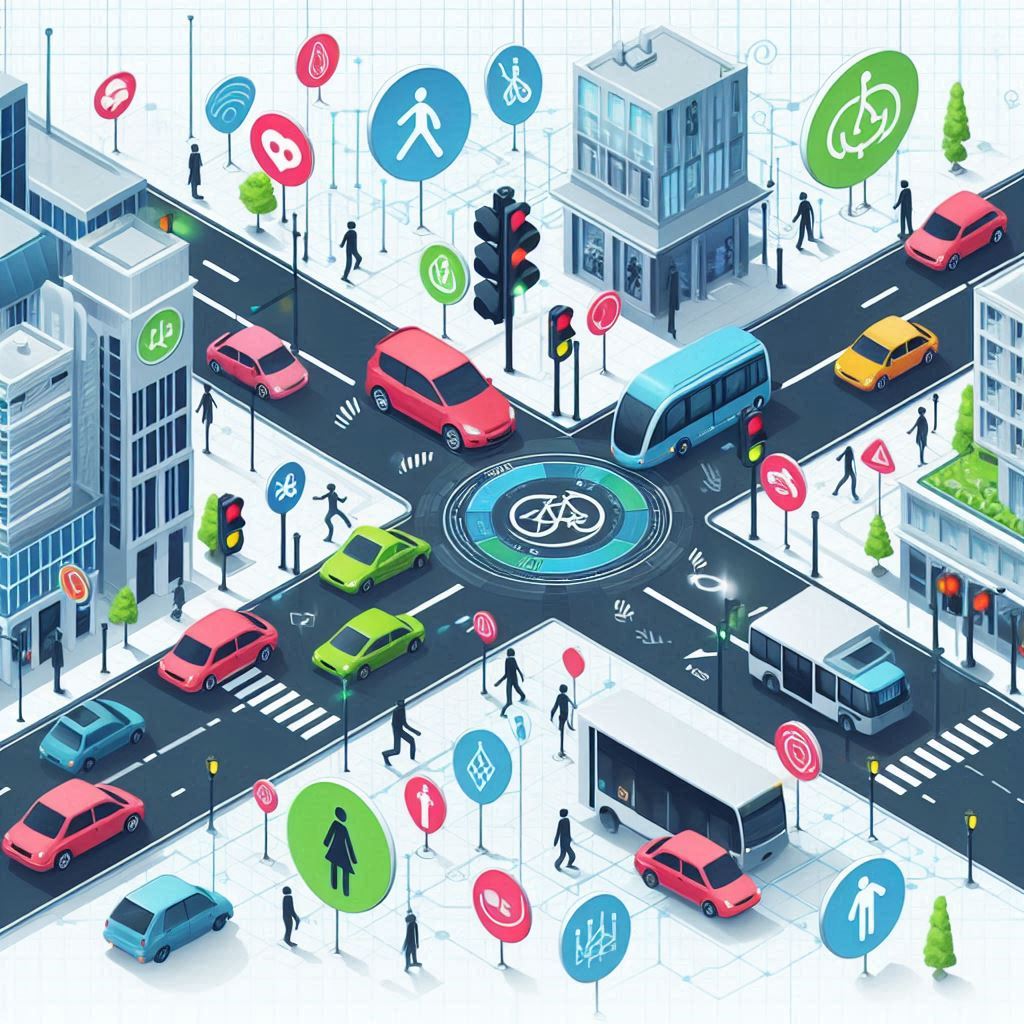
To understand a Multi-Agent System, consider a smart city where traffic lights, cars, pedestrians, and public transportation must work together seamlessly to ensure smooth and safe passage for everyone. Here, each entity acts as an autonomous agent, each with its own goals and behaviours, yet interacting within a shared environment. These agents can communicate, share information, and make autonomous decisions, leading to a more intelligent and responsive urban environment.
What are Multi-Agent Systems: Thus, a Multi-Agent System (MAS) is a distributed system composed of multiple intelligent agents that interact and cooperate within a shared environment to achieve individual and collective goals. These agents can be software programs, robots, drones, sensors, or even humans, each possessing their own set of skills, knowledge, and objectives.
Key Components of MAS: The four key components of a MAS are agents, environment, interactions, and organisation.
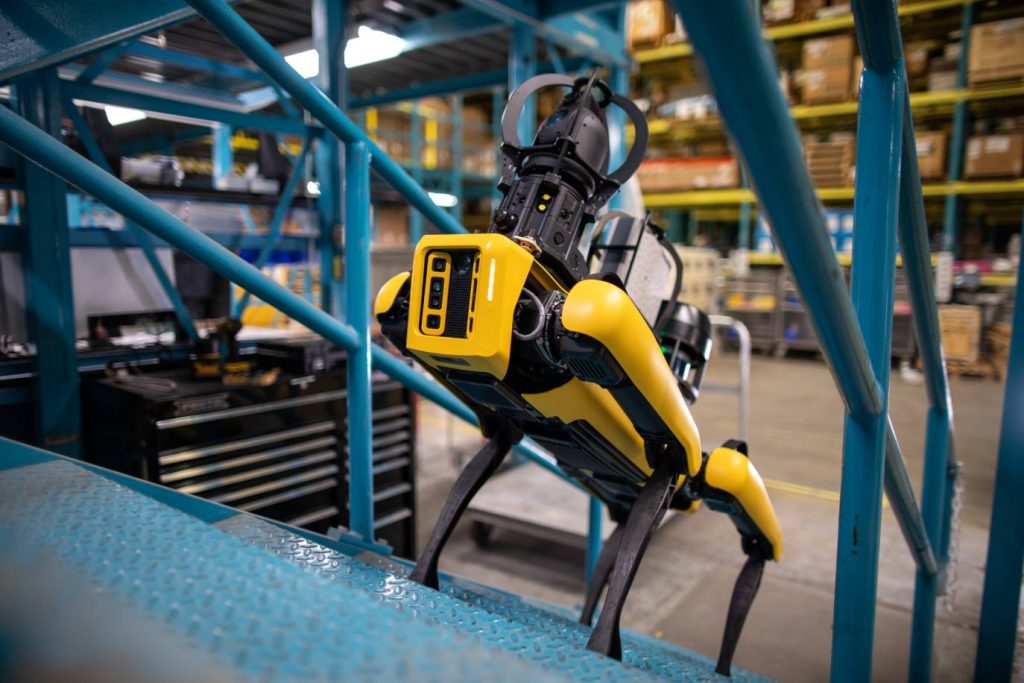
In a MAS, agents are the core actors. Each agent operates with a degree of autonomy, meaning they can sense their environment, learn from it, make decisions, and act independently. Agents can range from simple software bots to advanced robots that can learn and adapt over time.
The environment is the space where these agents operate. It can be a physical space like a factory, road network, power grid, or a virtual environment like a digital platform. The environment plays a crucial role in shaping how agents react and interact with each other and their surroundings.
These interactions involve various methods, including communication, cooperation, negotiation, or competition. Effective communication is essential for agents to work together or compete effectively. Agents use standard agent communication languages like Knowledge Query Manipulation Language (KQML) or Agent Communication Language (ACL) to exchange information.
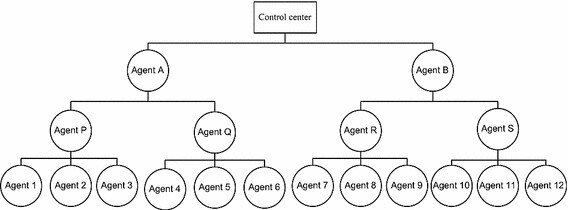
(Image)
Agents in a MAS can be organised in different structures. For instance, in a hierarchical MAS, higher-level agents manage and coordinate lower-level agents. In a cooperative MAS, agents work together to achieve a common goal, sharing information and resources. In competitive MAS, agents have conflicting goals and compete for limited resources, such as in algorithmic trading in the stock market.
How Do Multi-Agent Systems Work: Multi-Agent Systems operate in several key ways: autonomy and decentralisation, coordination mechanisms, and distributed problem-solving.
Autonomy and Decentralization: Every agent in a MAS operates with some degree of autonomy and decentralised control. This means that no single agent controls the entire system; instead, each agent makes decisions based on its local view of the environment. This decentralisation leads to greater robustness and fault tolerance, as the system can continue to operate even if one or more agents fail.
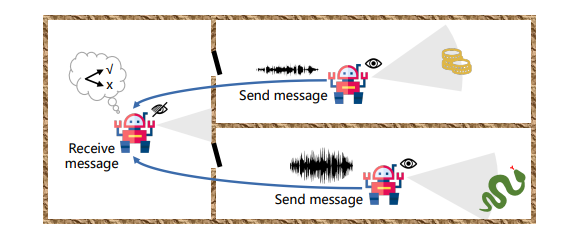
Coordination Mechanisms: Coordination is crucial in MAS to ensure that agents work together effectively. This involves organising and managing how agents communicate, cooperate, or compete to achieve their goals. Coordination mechanisms can be explicit, through direct communication, or implicit, through shared environments or indirect communication. Ensuring clear and effective communication between agents is vital to avoid misunderstandings and conflicts.
Distributed Problem Solving: One of the key benefits of MAS is its ability to address problems that are too complex for a single agent or central controller. By distributing the problem-solving process across multiple agents, MAS can leverage the collective capabilities of all agents to manage and solve complex problems collectively. This approach is particularly useful in scenarios like disaster response, traffic optimisation, and large-scale industrial control.
Key Capabilities and Benefits: A MAS system offers several benefits to businesses, including flexibility and scalability, robustness and reliability, self-organisation and coordination, and real-time operation.
Flexibility and Scalability: A MAS can flexibly adapt to changing environments by adding, removing, or modifying agents as needed. This makes them highly scalable for solving complex problems. As the system grows, new agents can be integrated, and existing ones can be updated without disrupting the entire system.
Robustness and Reliability: The decentralised nature of MAS leads to greater robustness and reliability. If one agent fails, the system can still continue to operate while the issue in the individual agent is fixed. This ensures continued functionality even in the face of component failures.
Self-Organisation and Coordination: Agents in a MAS can self-organize based on rules of emergent behaviour. This allows for division of labour, coordinated decision-making, and conflict resolution without needing a central controller. This self-organisation enables the system to adapt dynamically to changing conditions.

Real-Time Operation: A MAS can respond immediately to situational changes without the need for human oversight. This capability is crucial in applications such as disaster rescue, traffic optimisation, and real-time monitoring systems like those in supply chains, fraud detection, and smart grids.
Applications of Multi-Agent Systems: Although AI-powered MAS systems have recently been in the news, the use of MAS predates the emergence of AI. Earlier, they were software programs performing specified tasks; now, they are intelligent agents with greater autonomy. It is no surprise that MAS have found wide applications across various industries and are deeply ingrained in our lives.
MAS can optimise traffic flow by coordinating traffic lights and managing vehicle routes in real time. Agents can work together in disaster relief to locate survivors, allocate resources, and coordinate rescue efforts. They are key to industrial automation, managing complex processes such as supply chain management and production scheduling. In healthcare, agents can monitor patient health, manage medical resources, and coordinate care plans. MAS can analyse market trends, make trading decisions (e.g., algorithmic trading), and optimise portfolio management.
In banking, agents specialising in data extraction, decision-making, and data verification work together to detect fraudulent activities. Agents manage different aspects of the supply chain, such as inventory, logistics, and demand forecasting, to optimise operations. In Smart Grids, agents control different parts of the electrical grid, balancing supply and demand to ensure efficient energy distribution.
Challenges in Implementing Multi-Agent Systems: While MAS offer numerous benefits, there are several challenges to consider. These include the necessity for precise system requirements, which involve clearly defining objectives, agent roles, capabilities, behaviours, and interactions. MAS are often computationally intensive, demanding significant resources for communication, data processing, and learning. Rigorous simulation testing of system logic and behaviours in a controlled environment is essential before real-world deployment. Security is paramount, requiring robust cybersecurity measures to guard against unauthorised access and malicious agents. Additionally, ensuring safety through fail-safe behaviours and continuous human oversight is critical to prevent uncontrolled autonomous actions.
Latest Developments in Multi-Agent Systems: As mentioned earlier, the existence of MAS precedes the current AI wave by over a decade. However, the integration of AI with MAS has unlocked exciting new possibilities. AI-powered agents can learn from their environment, adapt to new situations, and make complex decisions. This has led to advancements in areas such as multi-agent reinforcement learning, where agents share experiences and learn from each other to optimise their actions.
The emergence of LLM-based multi-agent systems has introduced more sophisticated interactions and coordination among agents. LLMs enable agents to communicate more effectively and understand complex contexts, enhancing the overall performance and adaptability of the system.
The integration of MAS with edge computing and the Internet of Things (IoT) has also enabled real-time data processing and decision-making at the edge of the network. This reduces latency and improves the efficiency of applications such as smart cities, industrial automation, and autonomous vehicles.
Multi-Agent Systems form a robust framework within artificial intelligence, allowing numerous autonomous entities to collaborate or compete within a shared environment to accomplish complex objectives. With their flexibility, scalability, robustness, and ability to solve distributed problems, MAS are transforming various industries and applications. As AI continues to evolve, we can expect even more sophisticated and integrated MAS to revolutionise the management of complex systems and solve real-world problems. It is clear that MAS is only just getting started.
In case you missed:
- The Rise of Personal AI Assistants: Jarvis to ‘Agent Smith’
- Meet Manus AI: Your New Digital Butler (don’t ask it to make coffee yet)
- Anthropomorphisation of AI: Why Can’t We Stop Believing AI Will End the World?
- AIoT Explained: The Intersection of AI and the Internet of Things
- The Path to AGI is Through AMIs Connected by APIs
- Quantum Internet Is Closer Than You Think, & It’s Using the Same Cables as Netflix
- When AI Meets Metal: How the Marriage of AI & Robotics Will Change the World
- You’ll Never Guess What’s Inside NVIDIA’s Latest AI Breakthrough
- Why a Quantum Internet Test Under New York Threatens to Change the World
- A Data Centre on the Moon – From Sci-Fi to Necessity


